Aster divaricatus can do shade?
rouge21_gw (CDN Z5b/6a)
10 years ago
Related Stories
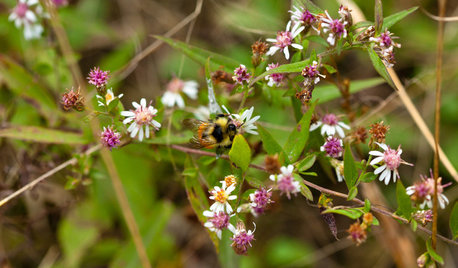
FLOWERS AND PLANTSCalico Aster Is a Shade-Loving Pollinator Nirvana
Plant Symphyotrichum lateriflorum, an eastern U.S. native, in summer for fall blooms that scores of wildlife species will love
Full Story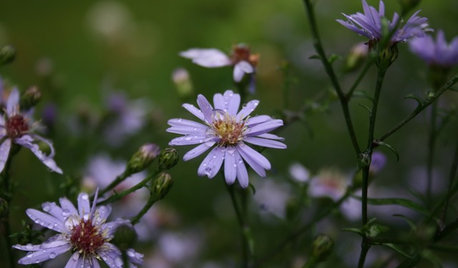
FLOWERS6 Overlooked Asters for Tough Spots
Whether your garden has baking sun or dry dense shade, boggy soil or sandy gravel, there's an aster for that
Full Story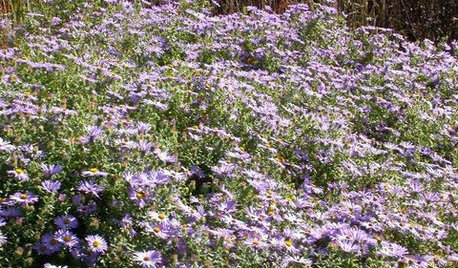
GARDENING FOR BUTTERFLIESGreat Design Plant: Aromatic Aster Keeps on Blooming
Tough as nails, drought loving, a deep fall bloomer ... this aster is a champ in sunny gardens
Full Story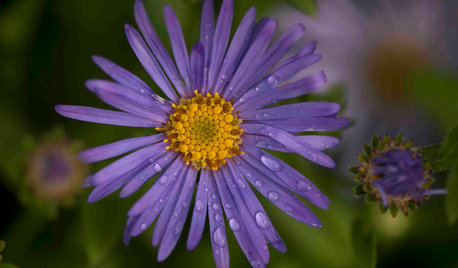
FLOWERSGreat Design Plant: Aster
Putting on a spectacular show in fall, asters in a rainbow of colors and a range of sizes are a versatile fit for any garden
Full Story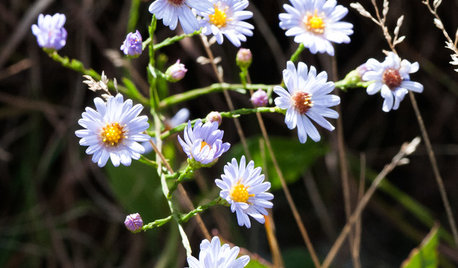
GARDENING GUIDESGreat Design Plant: Skyblue Aster (Symphyotrichum Oolentangiense)
This showy aster tolerates dry conditions and brings in the pollinators with its violet-blue flowers in fall
Full Story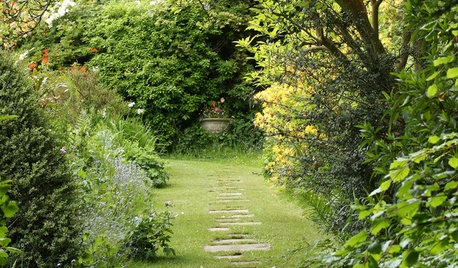
GARDENING GUIDES3 Easy Ways You Can Garden for Nature
Your choice of plants can help wildlife while cleaning the air and water
Full Story
INSPIRING GARDENSWhat We Can Learn From Longwood Gardens’ New Meadow
Sustainability, ecology, native plant communities ... this public garden is brimming with lessons on horticulture for home gardeners
Full Story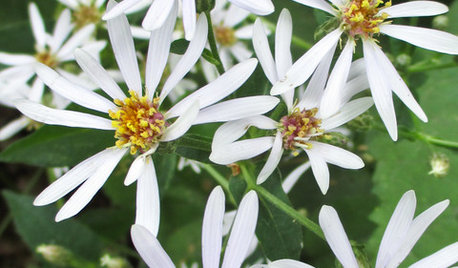
GARDENING GUIDESGreat Design Plant: Eurybia Macrophylla Fills a Void
Plant bigleaf aster in late fall for late-summer color in the shade garden
Full Story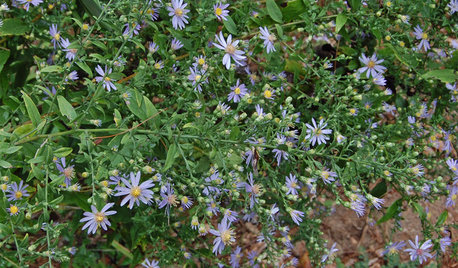
GARDENING GUIDESGreat Design Plant: Symphyotrichum Shortii
Shade-tolerant Short's aster extends the fall season with color and food for pollinators
Full Story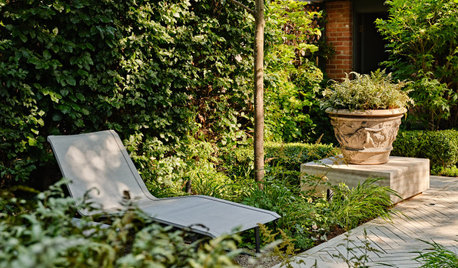
LANDSCAPE DESIGNHow to Create a Beautiful Shade Garden
Turn the cool, shady spot in your garden into your own quiet oasis
Full Story





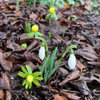


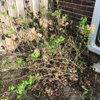
linaria_gw
NHBabs z4b-5a NH
Related Professionals
Baltimore Landscape Architects & Landscape Designers · Kapaa Landscape Architects & Landscape Designers · Summit Landscape Architects & Landscape Designers · Byram Landscape Contractors · Dunwoody Landscape Contractors · El Reno Landscape Contractors · Fort Atkinson Landscape Contractors · Huntley Landscape Contractors · Mastic Beach Landscape Contractors · New Berlin Landscape Contractors · Painesville Landscape Contractors · Point Pleasant Landscape Contractors · Round Lake Landscape Contractors · South Lake Tahoe Landscape Contractors · Whitehall Landscape Contractorssunnyborders
Ispahan Zone6a Chicago
ontnative
rouge21_gw (CDN Z5b/6a)Original Author
sunnyborders
ontnative
NHBabs z4b-5a NH
sunnyborders
prairiemoon2 z6b MA
sunnyborders
terrene